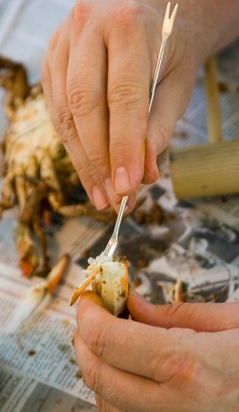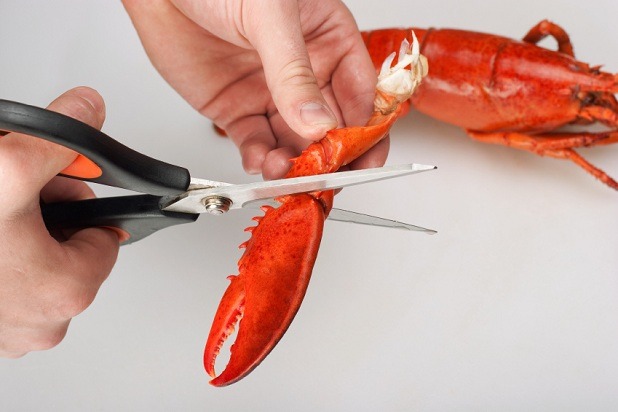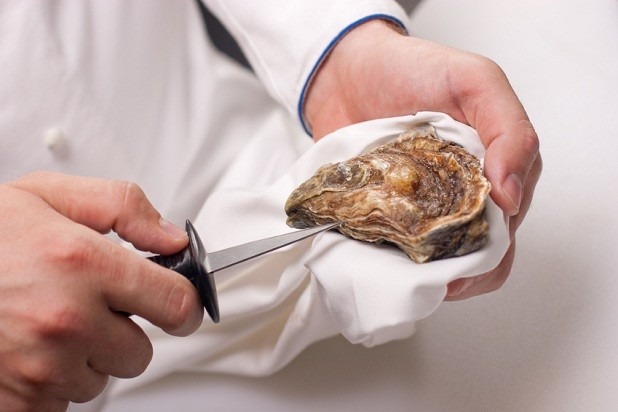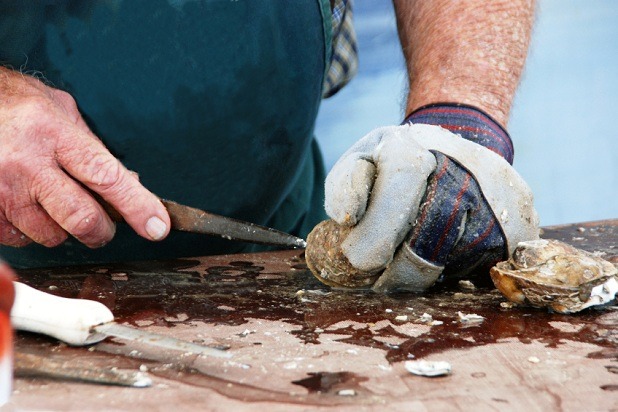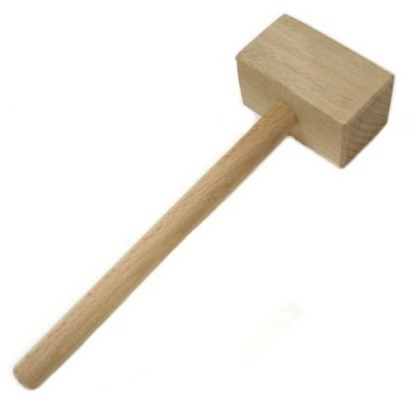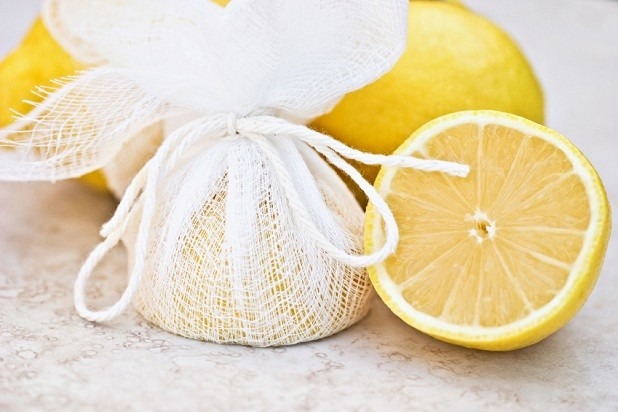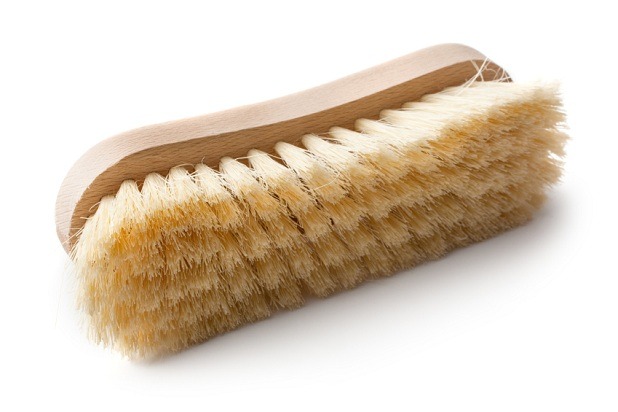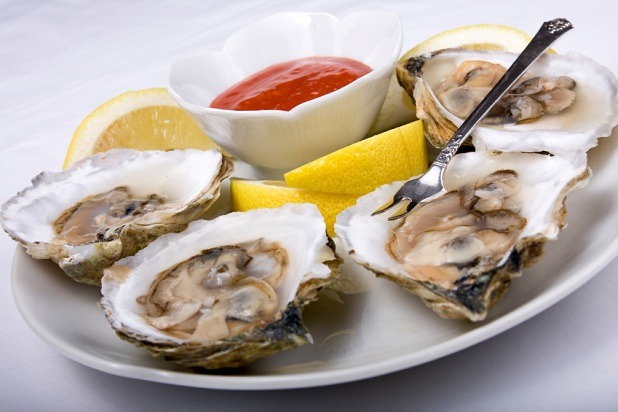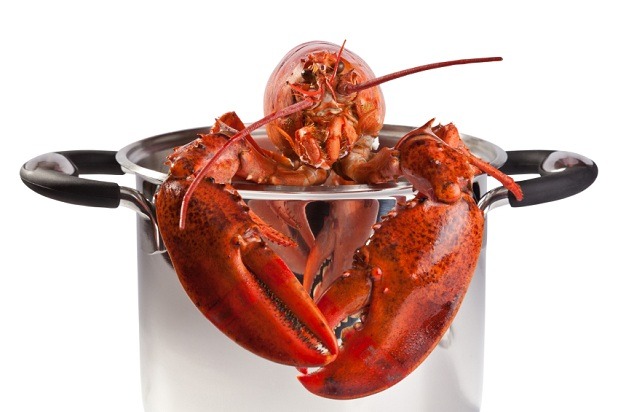Kitchen Toolbox: Summer Seafood Essentials Slideshow
These nifty gadgets are essential when it comes to cracking open the shells of your seafood. The designs of these tools are specially constructed to get through even the toughest lobster and crab shells without damaging the meat inside.
Seafood Picks
Any seafood lover knows that to get the most bang for your buck while eating shellfish you'll have to do a little digging. These slender metal tools come equipped with a small fork at one end, perfect for getting every last morsel out of the claws and legs.
Kitchen Shears
Keeping a pair of heavy-duty scissors around the kitchen will come in handy the next time you're preparing a seafood feast. After boiling lobsters, cut the shells lengthwise along the underbelly to make it easier for your guests to access the meat inside. Shears can also come in handy while cleaning and prepping shrimp and soft-shell crabs.
Shucking Knife
Shucking oysters or clams for a homemade raw bar is easy to do with the right tools and technique. A proper shucking knife, one with a short metal blade and a slight curve at the end, will do the trick.
Shucking Glove
For safety purposes, always make sure to wear one of these heavy-duty gloves to protect your hands while shucking oysters.
Crab Mallet
To break through extra-thick crab shells (or super hard-shell lobsters), use a wooden mallet or small hammer to crack them open.
Cheesecloth
To save time and stay organized while boiling or steaming a full seafood feast, wrap each component of the meal (clams, mussels, corn, etc.) in cheesecloth pouches, secure with a string and cook everything together. You can also enclose lemon halves in cheesecloths (as pictured) to prevent any seeds to sneaking through as you squeeze fresh lemon on your seafood.
Quick Tip: Squeezing lemon juice on your hands after eating seafood like lobster is a quick way to get rid of the smell.
Scrubber
Using a scrubber while cleaning mussels and clams will ensure that you remove any pesky grit and sand from the shells.
Seafood Forks
Besides adding a dainty touch to your meal, seafood forks are perfectly sized for loosening shellfish from their shells.
Lobster Pot
When cooking lobsters, it's important to have a pot that can fit enough water to submerge them fully while boiling. Using a pot that has a domed top is great for capturing moisture during the boiling process, plus most of them come with a steamer that can be used for clams and oysters.
Skewers
When it comes to grilling small seafood items, such as scallops and shrimp, using skewers can be a helpful method. To ensure that the fish doesn't fall through the grates, secure the piece on skewers before grilling.

